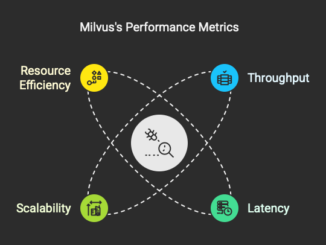pageinspect function:
When it comes to maintaining high performance and ensuring data integrity in PostgreSQL, understanding how data is stored at the page level provides valuable insights. This knowledge helps database administrators and developers troubleshoot low-level issues, analyze page layouts, and identify storage inefficiencies. Additionally, it allows for diagnosing problems related to table bloat and detecting dead tuples, ultimately improving overall database performance. The pageinspect module empowers users to explore these internal structures, enabling them to make informed decisions and optimize storage effectively.
This module in PostgreSQL allows you to inspect the contents of database pages at a low level, which is particularly useful for debugging purposes. Here’s how you can use it:
Prerequisites
- First, you need superuser privileges to use
pageinspectfunctions, as they provide low-level access to database internals - Then, Install the extension:
CREATE EXTENSION pageinspect;
Common Functions
General Page Inspection
page_header(): Shows fields common to all PostgreSQL heap and index pages
SELECT * FROM page_header(get_raw_page('table_name', 0));
Heap Table Inspection
heap_page_item(): Displays tuple data in a heap page
SELECT * FROM heap_page_items(get_raw_page('table_name', 0));
Index Inspection
For B-tree indexes:
SELECT * FROM bt_page_items('index_name', 1);
For GIN indexes (useful for performance optimization):
SELECT * FROM gin_metapage_info(get_raw_page('gin_index_name', 0));
Advanced Usage of pageinspect
This module can be particularly valuable for:
- Debugging database issues at a low level, especially when traditional methods fail
- Diagnosing and optimizing query performance problems, particularly with GIN indexes that require fine-tuning
- Implementing new functionality that changes data visibility, thereby enhancing query accuracy
- Examining tuple data structure to ensure data integrity and consistency
Some PostgreSQL versions offer enhanced pageinspect capabilities for inspecting storage details, including the ability to view actual data stored in tuples through specific patches. However, it’s important to note that this functionality is primarily a debugging tool and should be used cautiously in production environments. Since it grants direct access to the internal page structure of the database, improper use may lead to unexpected performance issues or security risks.
References
- Understanding Cloud-Native Databases: A Complete Guide for Modern Applications
- Unlocking AI Potential: A Complete Guide to Vector Database Capabilities in PostgreSQL
- PostgreSQL Documentation: pageinspect — Low-level Database Page Inspection
- PostgreSQL 9.4 Documentation: pageinspect Module
- PostgreSQL 10 Documentation: pageinspect Module
- PostgreSQL 14 Documentation: pageinspect Module
- PostgreSQL 9.6 Documentation: pageinspect Module
- Using pageinspect to Diagnose and Optimize GIN Index Query Performance
- Diagnosing Performance with pageinspect – Alibaba Cloud Community
- Using the pageinspect Extension – EDB Knowledge Base
- PostgreSQL Contrib Module: pageinspect
- Discussion: pageinspect Patch for Tuple Data Visualization


